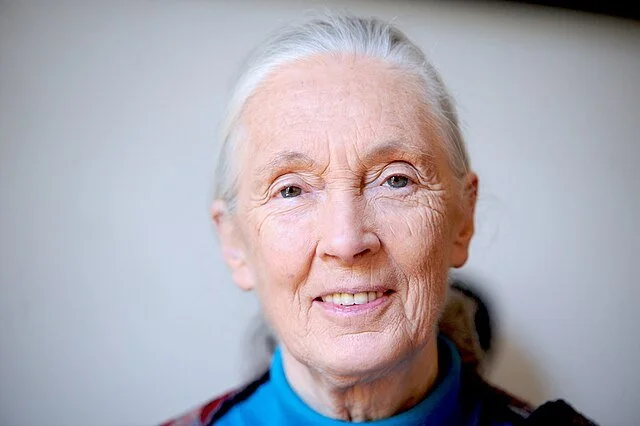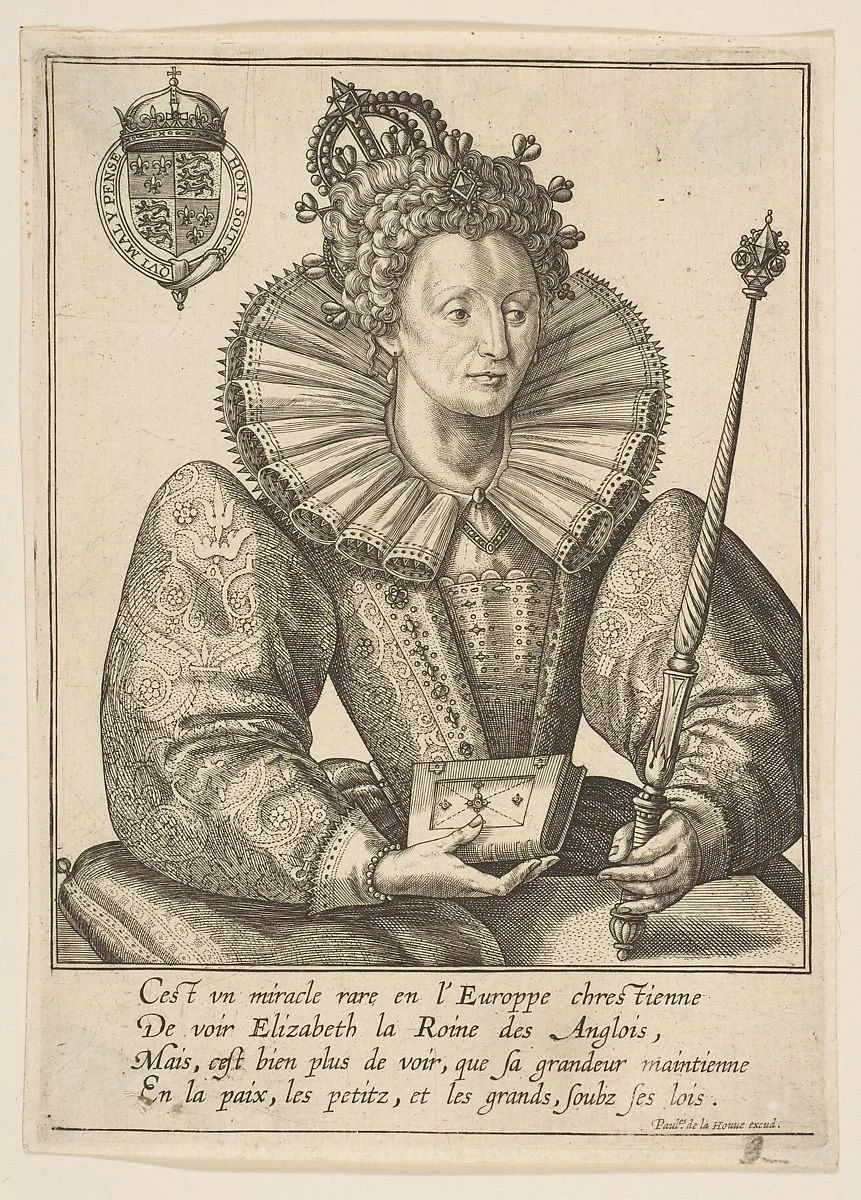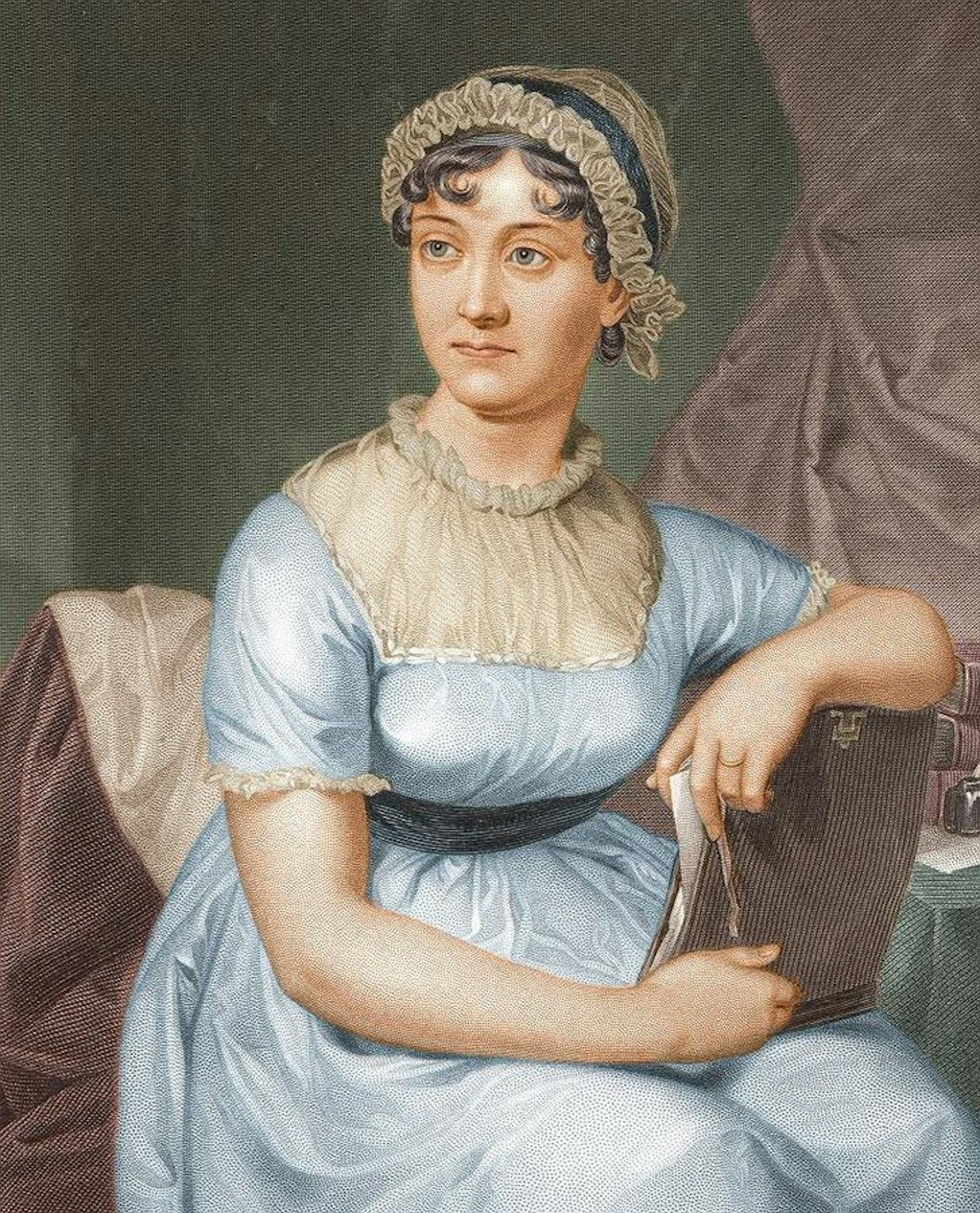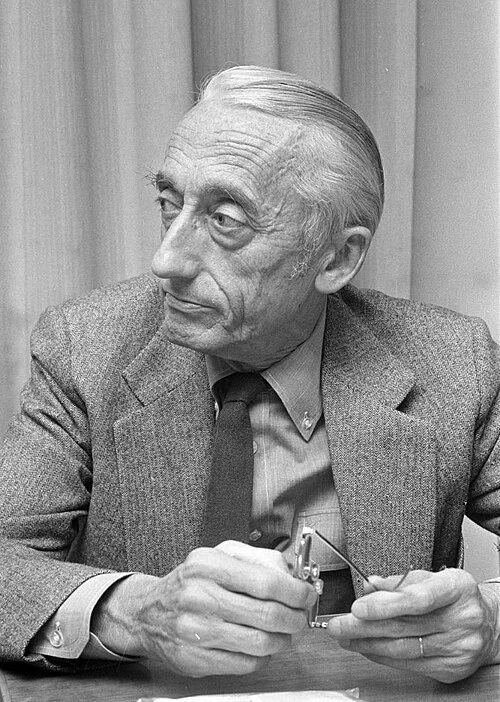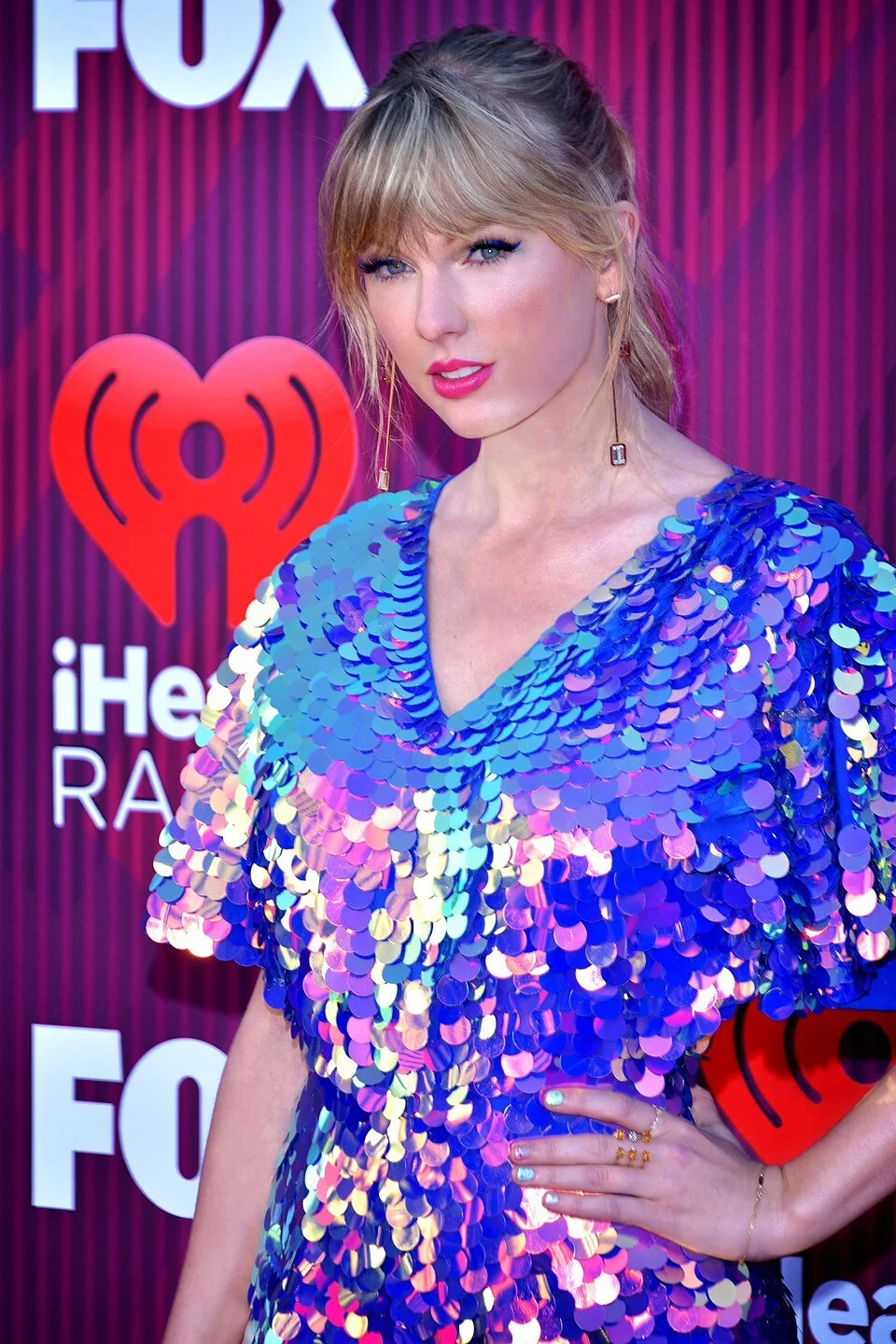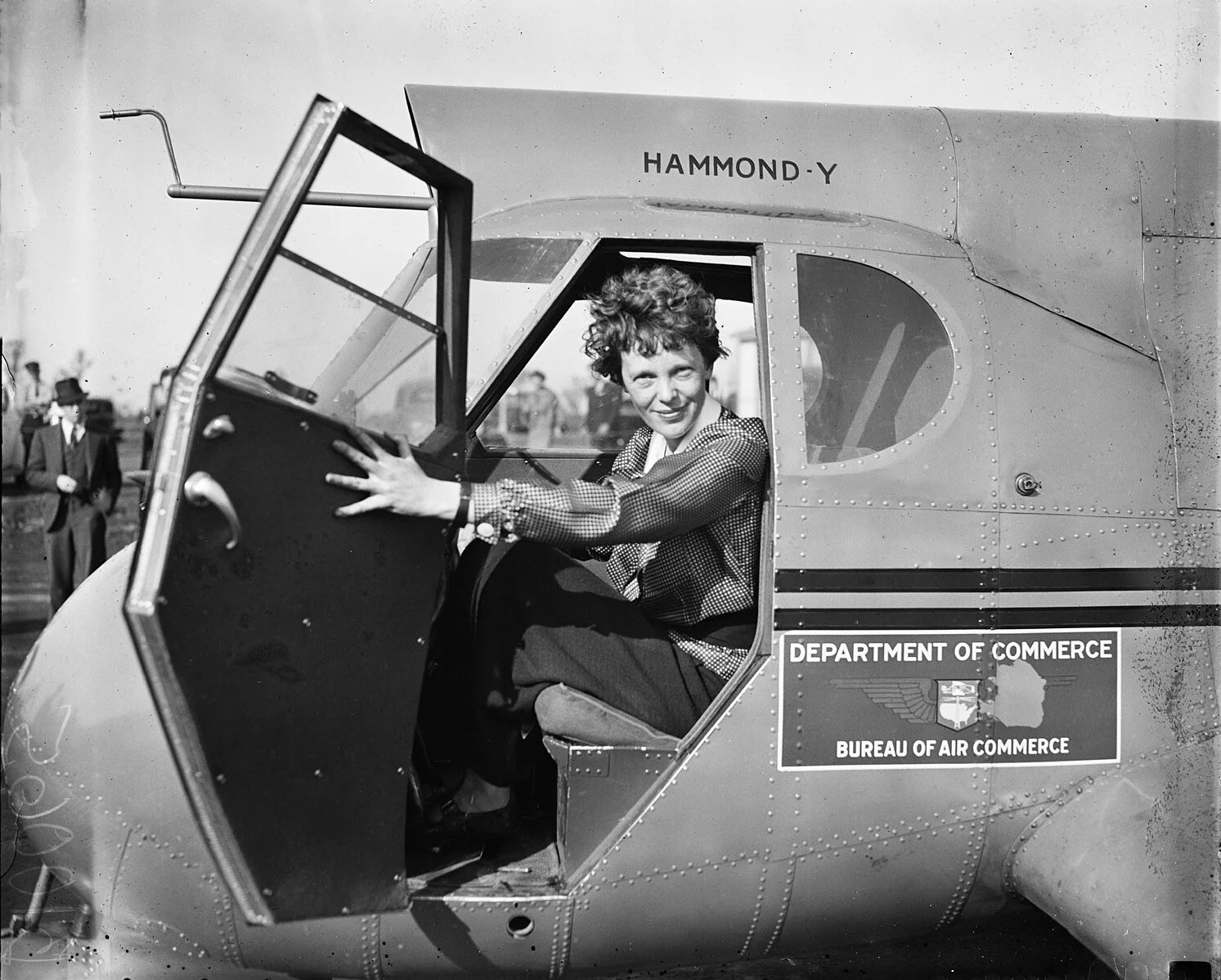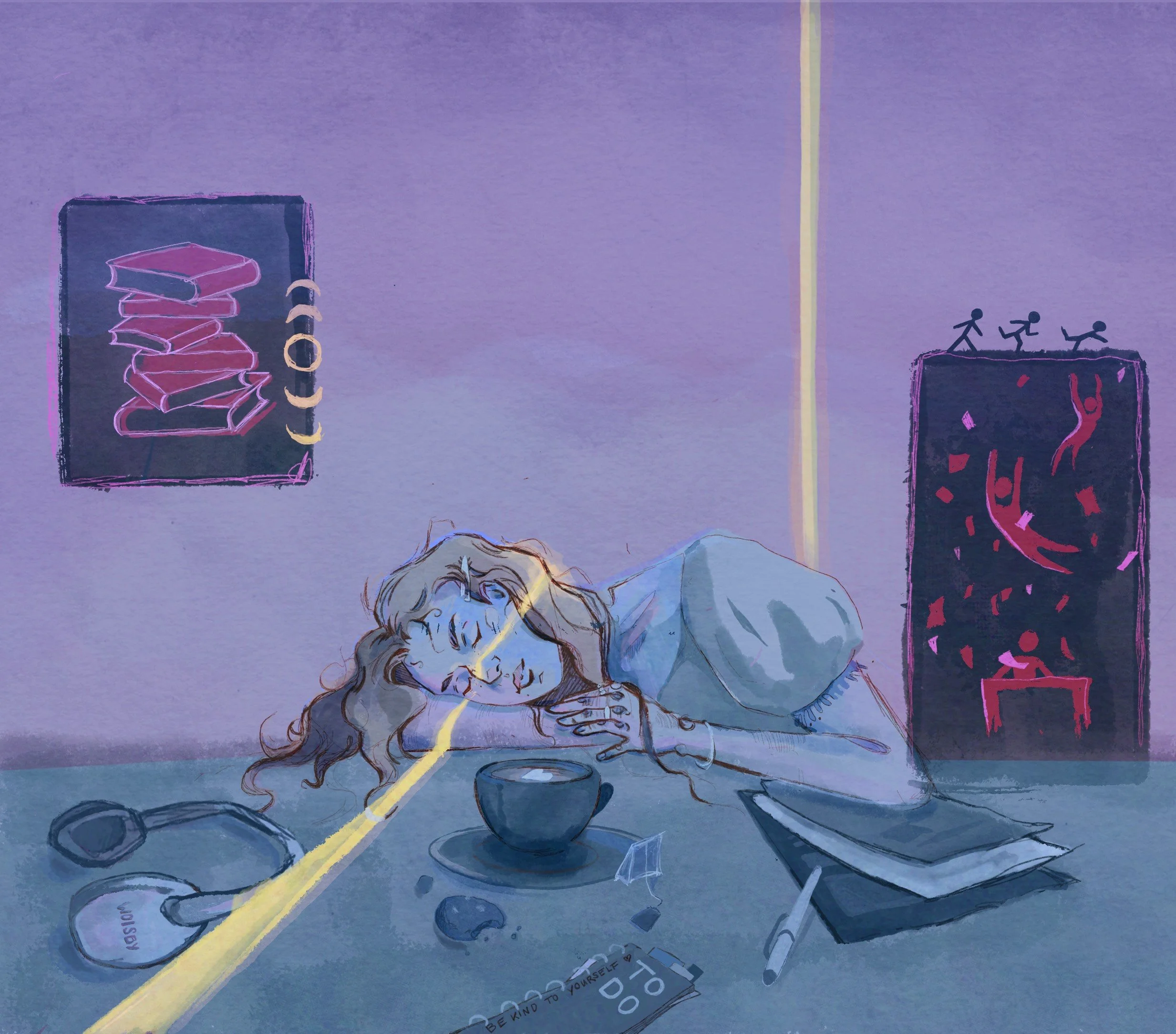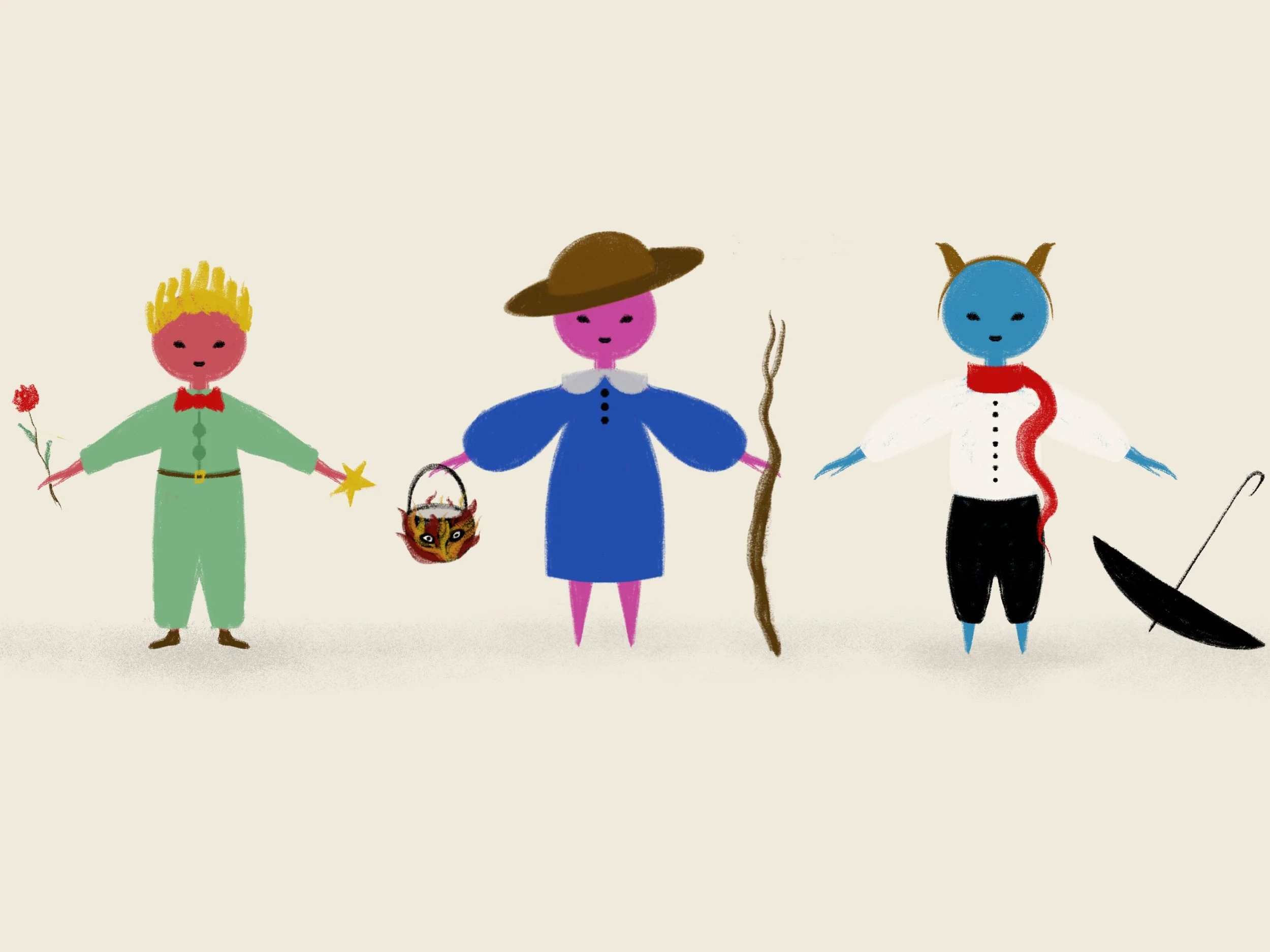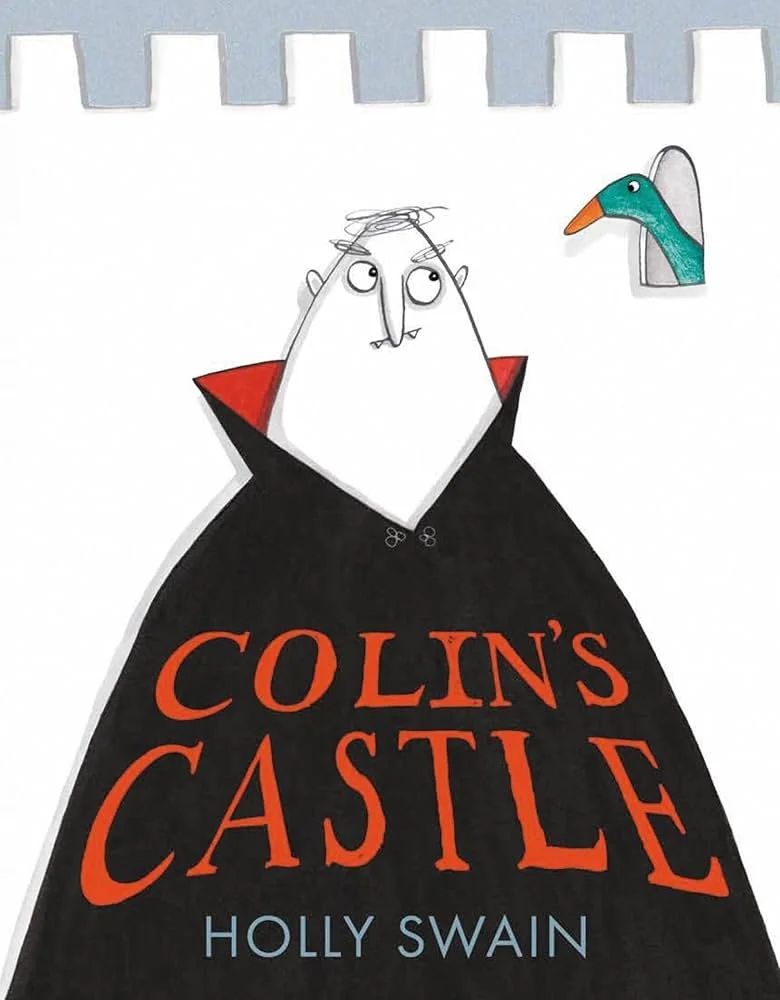Bookish Heroes: 10 Book Lovers Who Changed the World
Reading helps develop the curiosity and courage necessary to take bold steps in life. To inspire your students and children, here are 10 real-life readers who shaped culture, art, science, and ideas.
18 November, 2025 / Written by STORYVOR Editors
19th century journalist and women’s rights advocate Margaret Fuller famously said, “Today a reader, tomorrow a leader.” Boldness, curiosity, concentration, a willingness to discover, push boundaries, and stand up for others isn’t often something we’re born with. It’s something we learn. And one of the most tried-and-true ways to encourage these skills is through stories, books, and reading.
What’s wonderful about the following ten figures throughout history is that there’s a record of what they loved to read, and clear through-line to what they were able to accomplish later in life.
Of course, there are many factors to success. Reading is only one. But research shows that children whose learning environments nurture curiosity and reading tend to engage more deeply, retain more knowledge and develop creative, resilient thinking, all of which are key prerequisites to many forms of success.
How to use this list
While the most effective path to nurture a love of literacy and books in your children and students is to lead by example and model the reading habits you want to see in younger generations, it can also be helpful to have other real-life examples handy to encourage and inspire. The following people all excelled in their chosen area. Not only that, all of them either acknowledged reading as a foundational part of their lives and childhoods, or even credited it as a primary stimulus on their path toward excellence.
For reluctant readers, try telling them about a real-life counterpart who dove into reading and came out the other side changed. Also keep in mind that it’s never too late to fall in love with reading. UK soccer star and European League winner Marcus Rashford — number 3 on this list — read his first book at 17 and credits it with changing his entire outlook on life. His book club has since donated over 100,000 books to children in difficult circumstances.
So whether your child wants to be a pop star (like Dua Lipa), a doctor and researcher (like Jane Goodall), or the Queen of England (ok, that could be a bit of a stretch, but hey, who knows!), the following ten readers show that making a habit of reading might just be the first step to greatness.
1. Dr. Jane Goodall — Primatologist and conservationist
© Nicholas Richoffer / Wikimedia Commons
Who she was:
Jane Goodall (1934 - 2025) was a beloved primatologist (a studier of non-human primates such as monkeys and apes) who spent years in the forests of Tanzania learning from wild chimpanzees. Her gentle, patient style of observing and researching animals changed what science understood about them, and helped spark a worldwide movement for conservation through the Jane Goodall Institute.
Books she loved:
Growing up, Goodall inhaled animal stories such as Tarzan and Doctor Dolittle, anything featuring animals and adventure. As she grew up, she traded storybooks for field guides and science manuals, but even at 90, she mentioned happily rereading The Lord of the Rings, still drawn to tales of bravery and wild, magical landscapes.
Where reading led:
Early reading pointed her toward the life she eventually built, and made it feel natural to “listen” to and respect animals, as well as to observe with patience. When she finally reached Tanzania, her warm, story-fed curiosity helped her see things no one had noticed before.
2. Dr. Mae Jemison — Engineer, physician, astronaut
Who she is:
Mae Jemison (b. 1956) is an engineer, physician, and NASA astronaut, known for blending science with creativity and for inspiring young people to see themselves as future problem-solvers and explorers.
Books she loved:
As a child, Jemison loved science fiction, anything with starships, strange worlds, or bold crews imagining new futures. In elementary school she read works such as A Wrinkle in Time and The Arm of the Starfish by Madeleine L’Engle, both featuring bold and curious young scientists as heroes.
Where reading led:
Imagined universes made space feel close. Books taught Mae that exploration wasn’t reserved for someone else, and that she could help build the future she dreamed of. That spark of imagination eventually became a real trajectory, carrying her all the way into orbit aboard Endeavour.
3. Marcus Rashford — Footballer and literacy advocate
Who he is:
Marcus Rashford (b. 1997) is an English footballer and social advocate whose work off the pitch, especially on child food insecurity and literacy, has made him one of the most admired figures in the UK. Known for his drive, generosity, and clarity of purpose, he’s become a champion for kids’ wellbeing in more ways than one.
Books he loved:
Rashford read his first book at seventeen, and says he wished he could have done so sooner. He connected with non-fiction and self-improvement, but also high energy children’s books featuring athletes, according to this list.
Where reading led:
Stories flipped a switch for him, and he credits reading his later success. Because of this, he’s now such a passionate literacy advocate. Through his partnership with BookTrust, he launched the Marcus Rashford Book Club, which has delivered engaging books to over 100,000 children in a bid to encourage literacy.
4. Elizabeth I — Queen of England
Who she was:
Elizabeth I (1533–1603) was the long-reigning Tudor queen whose steady leadership brought stability and artistic flourishing to England. Famous for her sharp intellect and multilingual education, she shaped an age that still carries her name.
Books she loved:
Elizabeth didn’t grow up with novels, but with histories, classical literature, and philosophy in Latin, Greek, French, Italian. She read Cicero, Seneca, Plutarch, and scripture, along with translations of heroic and moral tales. These works, full of both real and legendary figures facing hardship with wit and resilience, gave her models of thoughtful, principled leadership. They strengthened her belief that learning builds inner steadiness and judgment, convictions she carried onto the throne, where education and careful study became some of her greatest tools.
Where reading led:
As queen, Elizabeth I carried the messages from her readings into her policies. She actively encouraged education, supporting the growth of grammar schools, championing the study of languages, history, and the classics. Her reign also saw a noticeable rise in literacy, the founding and strengthening of schools and colleges, and a cultural climate where scholarship was valued.
5. José Rizal — Novelist and reformer
Who he was:
José Rizal (1861–1896) was a Filipino writer, physician, and nationalist whose words helped ignite the movement toward independence from Spanish colonial rule. Brilliant, multilingual, and committed to peaceful reform, he became one of the most influential figures in Philippine history.
Books he loved:
Rizal read both European and Filipino novels, poetry, history, and essays from a young age, anything that offered insight into people, society, and ideas. Those wide-ranging books shaped his worldview and showed him how powerful storytelling could be.
Where reading led:
Literature became Rizal’s peaceful tool for awakening and change. Drawing on what he’d read, he wrote Noli Me Tángere and El Filibusterismo, novels that revealed the injustices of colonial rule and stirred the imagination of a nation.
6. Dua Lipa — Singer, songwriter, and advocate
© Harald Krieger / Wikimedia Commons
Who she is:
Dua Lipa (b. 1995) is a Grammy-winning singer-songwriter known for her disco-bright pop, confident style, and global influence. Beyond music, she’s built a reputation as a thoughtful cultural curator through Service95, her newsletter and podcast highlighting books, ideas, and voices from around the world.
Books she loved:
Growing up, Dua was an eager reader and has stayed one, now running her own book club where she shares contemporary fiction, memoirs, and essays she loves. A childhood favorite she mentions is Lemony Snicket’s A Series of Unfortunate Events, where three clever siblings overcome insurmountable odds through bravery and smarts.
Where reading led:
Books helped sharpen her curiosity and her sense of the wider world. In an article for People magazine, Lipa said her mother Anesa, would spend her weekends sitting in the children’s section of the bookstore, “reading her books, and I would just spend all day in there reading my books . . . It was such a big part of my childhood . . . I think we’re kind of losing a little bit of the love with libraries and picking up a good book and sharing that with people. And I want to keep that excitement alive and conversation going.”
That drive and openness shows up in her music and in her cultural work: she uses storytelling — her own and others’ — to connect people, spotlight overlooked voices, and encourage a more open, confident, creative life.
7. Jane Austen — Author
Who she was:
Jane Austen (1775–1817) was an English novelist whose sharp wit and keen eye for human behavior produced classics like Pride and Prejudice, Sense and Sensibility, and Emma. Her stories of love, money, and social maneuvering became cornerstones of English literature.
Books she loved:
Austen grew up surrounded by books, poetry, plays, history, novels, and the lively stories circulating in her own family. She adored satirical works, moral tales, and the early novels that shaped the literary world she would eventually join.
Where reading led:
Those wide-ranging books honed her sense of humor, sharpened her understanding of character, and taught her how stories could reveal deeper truths. They helped her develop the playful, observant style that made her novels both deeply human and beloved across the centuries to this day.
8. Jacques Cousteau — Ocean explorer and filmmaker
Who he was:
Jacques Cousteau (1910–1997) was a French explorer, filmmaker, and oceanographer who opened the underwater world to millions. Co-inventor of the Aqua-Lung and creator of groundbreaking ocean documentaries, he became one of the most recognizable champions of marine conservation.
Childhood favorites:
As a sickly child who spent long stretches indoors, Cousteau escaped into books. He devoured seafaring adventure fiction, especially Jules Verne, and loved natural-history writing that explained how the world worked.
Where reading led:
Adventure tales gave Cousteau a sense that the world hid wonders worth seeking out, and fed his imagination until he was healthy enough to explore for himself. The natural-history books added the second spark: a belief that careful observation could unlock real discoveries. Together, they shaped the curiosity and discipline that eventually led him beneath the waves, where he turned childhood wonder into a lifetime of exploration.
9. Taylor Swift — Singer and songwriter
© Glenn Francis / www.PacificProDigital.com
Who she is:
Taylor Swift (b. 1989) is an American singer-songwriter whose storytelling, emotional clarity, and genre-spanning creativity made her one of the most influential artists of the 21st century. Known for her narrative-rich lyrics and deep connection with fans, she grew from a teenage country prodigy into just about the biggest star in the world, reshaping the music industry and championing artistic ownership.
Loved to read:
Harry Potter, F. Scott Fitzgerald’s books, and Star Girl by Jerry Spinelli are just a few confirmed favorites, mentioned in Swift’s interviews and speeches.
Where reading led:
Swift has spoken publicly about how reading shaped her imagination and writing. During a 2014 recording for Scholastic’s Open a World of Possible initiative, she said: “I wouldn’t be a songwriter if it wasn’t for books that I loved as a kid, and I think that when you can escape into a book it trains your imagination to think big and to think that more can exist than what you see. I think that’s been the basis of why I wanted to write songs and why writing became my career.”
Her storytelling and songwriting have impacted more than just fans and the music industry. Her philanthropic and advocacy work includes supporting food banks, disaster relief and cancer research.
10. Amelia Earhart — Aviator and trailblazer
Who she was:
Amelia Earhart (1897–1937) was an American aviation pioneer and the first woman to fly solo across the Atlantic. Known for her calm courage and bravery, she became a global symbol of adventure and progress.
Books she loved:
As a girl, Earhart devoured St. Nicholas Magazine, a children’s publication packed with adventure tales, travel stories, and bold young heroes. She also read biographies of explorers such as Fridtjof Nansen and Ernest Shackleton, along with life stories of unconventional women who stepped beyond society’s expectations.
Where reading led:
Books showed her that bravery came in many forms and helped her believe that exploration didn’t have to be reserved for a special few. That early mix of imagination and real-world daring helped shape the mindset that eventually carried her into the cockpit, where she turned the adventures she once read about into her own life.


